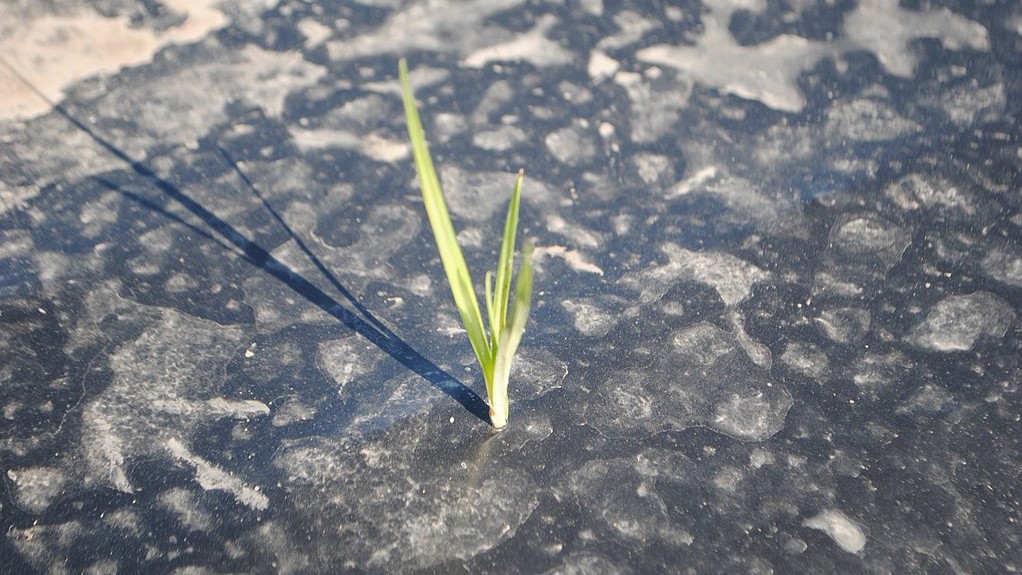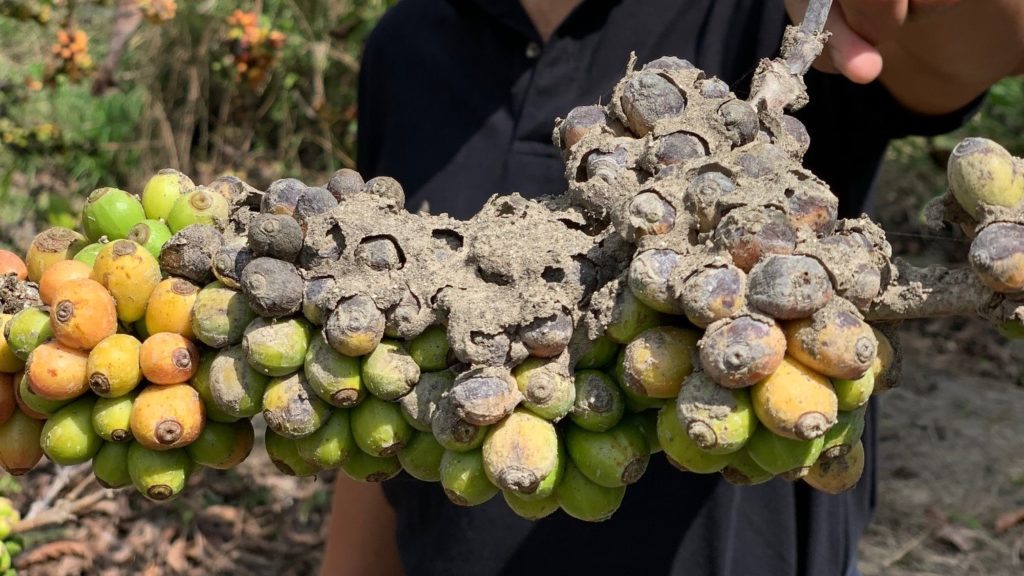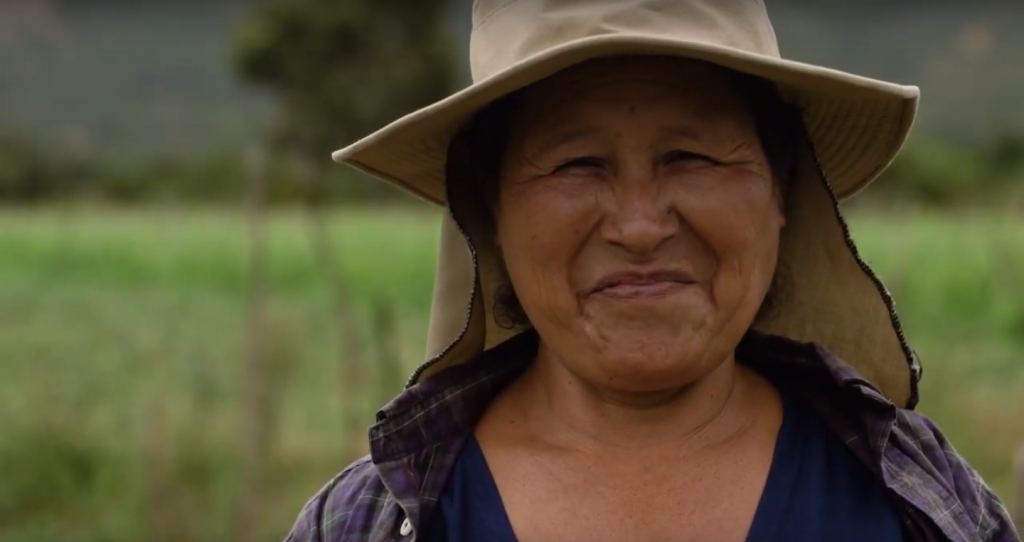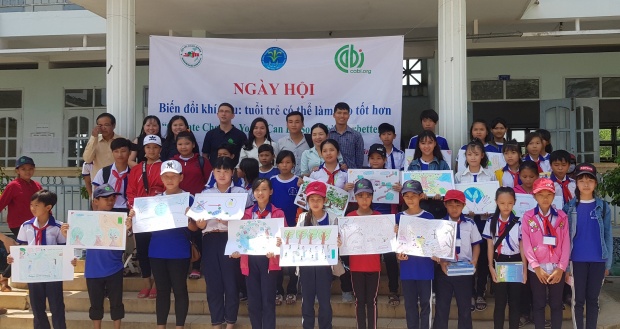Plastic mulch pollution in crop soil may threaten food security
Plastic debris could harm crop health in long term Plastic mulching involves the use of thin plastic sheeting to conserve moisture and boost temperatures in soil. Commonly used in arid, cooler climates such as China, it has been shown to improve crop health and yield. With water conservation becoming an increasing global priority, plastic mulch…
Coffee crops worst-hit by volcanic ash after eruption in the Philippines
On January 12, Taal Volcano, located on the island of Luzon began spewing plumes of steam and ash. By 3.30 the following morning lava erupted from the volcano’s main crater. Local communities were evacuated as ash began to blanket the land, covering up to a 16-mile radius, with winds blowing ash even reaching the country’s capital, Manila, 31 miles away.
Improving water storage capacity in low-quality soils in sub-Saharan Africa
A recent study published by an international team of researchers has demonstrated how the use of novel water storage technology can improve soil conditions and promote crop production in low-quality sandy soil areas.
Indian NGO supports farmers by using greenhouse agriculture
In the south Indian region of Hyderabad, a non-profit called Kheyti has developed an affordable solution to income stability and climate-resilient crop production for smallholder farmers and SMEs (small and medium enterprises) – greenhouses. The organisation founders spent countless hours meeting with Indian farmers to understand the range of issues threatening farming communities. “When we…
Transforming farmers and plant doctors into pest-smart agents in their communities
By Sathis Sri Thanarajoo. Reblogged from the CGIAR research program on Climate Change, Agriculture and Food Security blog. Pest-Smart program aims to increase the awareness of farmers on alternative pest-related practices and enhance the capacity of plant doctors in dealing with pests and diseases. Farmers and plant doctors in Ekxang Climate-Smart Village (CSV) in Laos were trained…
“We the women can do it.” Meet Jacinta, a farmer from Bolivia
In a new video, Plantwise follows the life of Jacinta Delgadillo, a farmer from Comarapa, Bolivia. Jacinta and her family grow beans, peppers, and other crops for food and to generate an income. When the crops are attacked by pests and diseases, Jacinta uses her local plant clinic to gain knowledge on how to better…
Exploring the “art” in “climate-smart”
Originally published on CGIAR CCAFS Art has a place in climate discussions. Children, who are usually deemed too young to understand complex topics such as climate change must be involved as well. A campaign with the theme “Climate Change: Youth Can Do Something” was organized on 7 October 2018 in Tra Hat Climate-Smart Village (CSV)…
Biopiracy: The misuse of patenting systems at the disadvantage of local communities
In the search for new bioresources in increasingly remote and rural regions, researchers will use the traditional knowledge of local communities to support their search for new, untapped plants, animals or chemical compounds. The ethical (and sometimes political) issues surrounding this come when this knowledge is used without permission, and exploits the local community’s assistance…
Crops downwind from wildfires at risk from atmospheric pollution
With increasing numbers of wildfire disasters globally, research has shown that pollutants released from wildfires can affect crops, forests and other vegetation hundreds of kilometers downwind from the source. As global temperatures increase, moisture and precipitation levels change, and dry areas becoming drier, the likelihood of droughts and prolonged wildfire seasons are increasing.These exacerbated conditions…
The future for coastal farmers in Bangladesh
A recent study published in Nature Climate Change has suggested that the future global effects of climate change will impact the livelihoods of over 200,000 coastal farmers in Bangladesh as sea levels rise. Flooding of saltwater is already negatively impacting coastal residents in the country as soil conditions alter, causing farmers to either change from…










